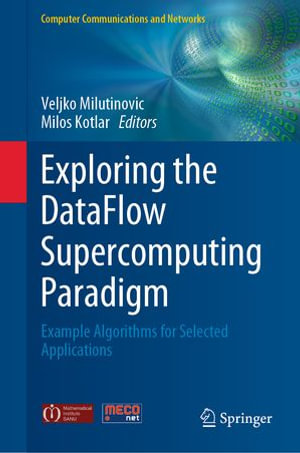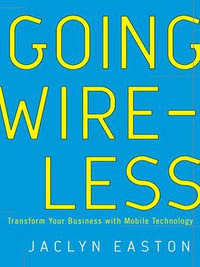
eTEXT
Exploring the DataFlow Supercomputing Paradigm
Example Algorithms for Selected Applications
By: Veljko Milutinovic (Editor), Milos Kotlar (Editor)
eText | 27 May 2019
At a Glance
eText
$89.99
or
Instant online reading in your Booktopia eTextbook Library *
Read online on
Desktop
Tablet
Mobile
Not downloadable to your eReader or an app
Why choose an eTextbook?
Instant Access *
Purchase and read your book immediately
Read Aloud
Listen and follow along as Bookshelf reads to you
Study Tools
Built-in study tools like highlights and more
* eTextbooks are not downloadable to your eReader or an app and can be accessed via web browsers only. You must be connected to the internet and have no technical issues with your device or browser that could prevent the eTextbook from operating.
ISBN: 9783030138035
ISBN-10: 3030138038
Series: Computer Communications and Networks
Published: 27th May 2019
Format: ePUB
Language: English
Publisher: Springer Nature
You Can Find This eBook In
This product is categorised by
- Non-FictionComputing & I.T.Computer HardwareNetwork Hardware
- Non-FictionEngineering & TechnologyElectronics & Communications EngineeringCommunications Engineering & Telecommunications
- Non-FictionComputing & I.T.Computer Science
- Non-FictionComputing & I.T.Computer Networking & CommunicationsEDI Electronic Data Interchange
- Non-FictionComputing & I.T.Databases
- Non-FictionMathematicsProbability & Statistics























